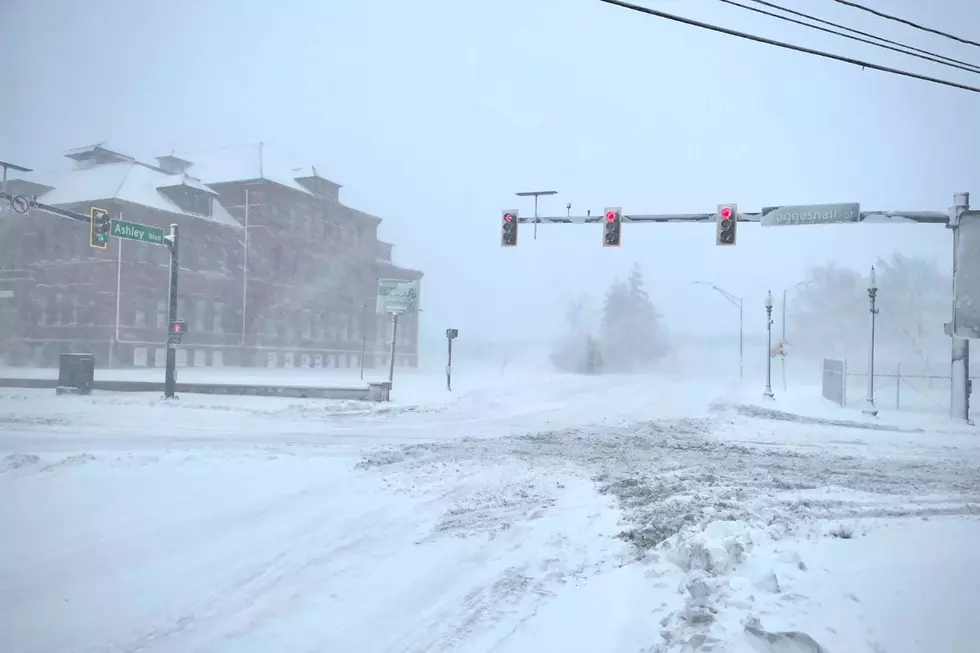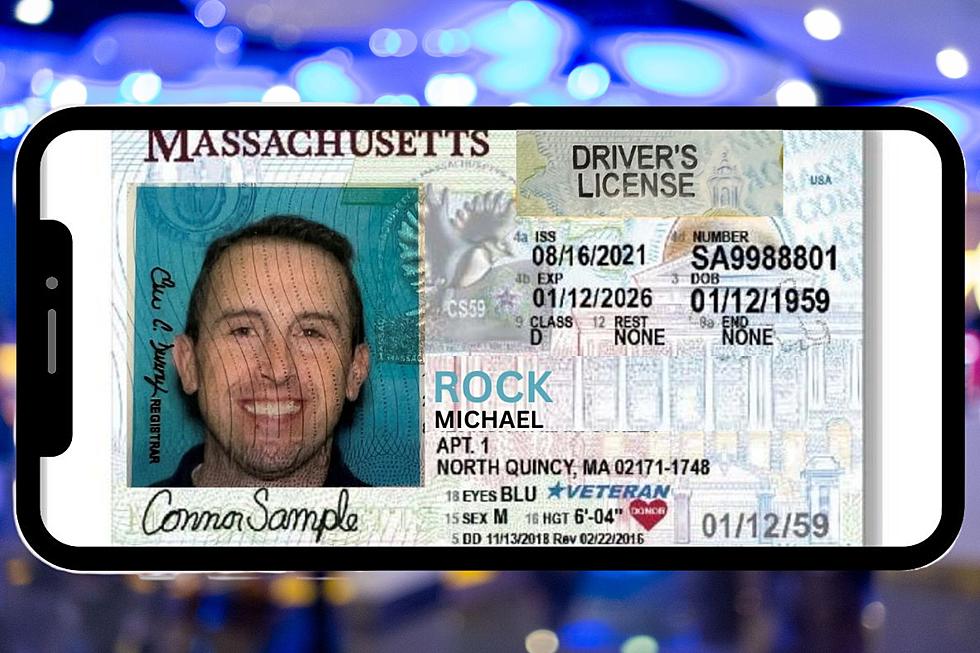
Are White Christmases in Massachusetts a Thing of the Past?
Here it is, raining in Southeastern Massachusetts on Jan. 3.
Bing Crosby dreamed of a white Christmas — and if he celebrated the holiday the traditional Christian way, ending with Epiphany on Jan. 6, perhaps he had a better chance of seeing it.
Most Massachusetts residents know January typically sees the first real snows of the season.

But has that always been the case?
Many of us seem to have fond childhood memories of December snowfalls, which appear to be getting rarer.
But arguments abound on whether that's actually true, or if we all just collectively remember the years it happens because it's so unusual.
As Crosby sings, "I'm dreaming of a white Christmas...just like the ones I used to know."
Irving Berlin wrote those words in 1940. So even back then, people claimed that Christmases used to be snowier.
What does history tell us?
WBSM News took a look at 150 years of National Weather Service temperature and snowfall data in Massachusetts to settle the question for good.
Since the NWS data from SouthCoast cities seemed to be missing recorded snowfall or snow depth, we pored over historical weather records from Boston — another coastal Massachusetts city with more complete data.
To keep things as simple as possible, we started by comparing the first 75 years (half of the 150-year period) to the second half to see if Christmases of yore really did get more snow.
Our conclusion?
It's complicated.
Although 27% of the earlier years had at least a little snowfall while 29% of the later years did, in terms of snow depth, the trend is reversed.
More recent years had at least one inch of snow on the ground at Christmas just 44% of the time, while in the 75 years before 1947, there was snow on the ground 46% of the time.
But the maximum depth of the snow was actually four inches higher in the later years.
Confused yet?
Let's talk about temperature.
The lowest maximum temperature on Christmas day in Boston was seven degrees recorded in 1872, when NWS temperature records begin.
From that point on, the first 75 years saw lower average and minimum temperatures on Christmas day, with average maximum temps in the second 75 years running 1.2 degrees warmer.
What about more recent years?
After our inconclusive findings, we decided to take a look at just the past 20 years of Christmas days, from 2002 through 2022.
What a difference 20 years makes.
While Christmas day saw snowfall 34% of the time in the past 20 years — much more often than the 28% recorded over the full 150 years — Boston has only seen two Christmases with at least one inch of snow on the ground in two decades.
Unfortunately, NWS snow depth data for most of that time is listed as "missing."
But if the qualitative report is accurate, two out of 20 years, or 10%, is far lower than the 45% of years with snow on the ground reported in the century before 2002.
The temperature data seems to back this up.
Average temps and record lows
Average maximum temperatures at Christmas in the past two decades were 42.7 degrees, more than three degrees (nearly 8%) higher than in the past 150 years overall.
The average minimum yuletide temps in the past 20 years were even higher: 29 degrees, or four degrees (16%) higher than in the past 150 years.
In fact, only 15% of the 150-year period saw maximum Christmas temps of more than 50 degrees.
But in the past two decades, that number jumps to 24%.
As for record-breaking temperatures, the lowest minimum temp since 2002 is 14 degrees, a full 22 degrees higher than the -8 degrees recorded as the lowest low for any Christmas in 150 years — but of course, the sample size is much larger.
So basically, in the last 20 years we saw more instances of snow falling, but it was sticking to the ground less often, probably due to higher temperatures.
TLDR; just tell me if we'll ever see a white Christmas again.
It's unlikely to happen often, if warm temperature trends from the past 20 years continue.
Of course, with climate change giving us unusual weather patterns (remember that October snowstorm in 2020?), who even knows any more.
WBSM's Most-Viewed Stories of 2022
More From WBSM-AM/AM 1420









